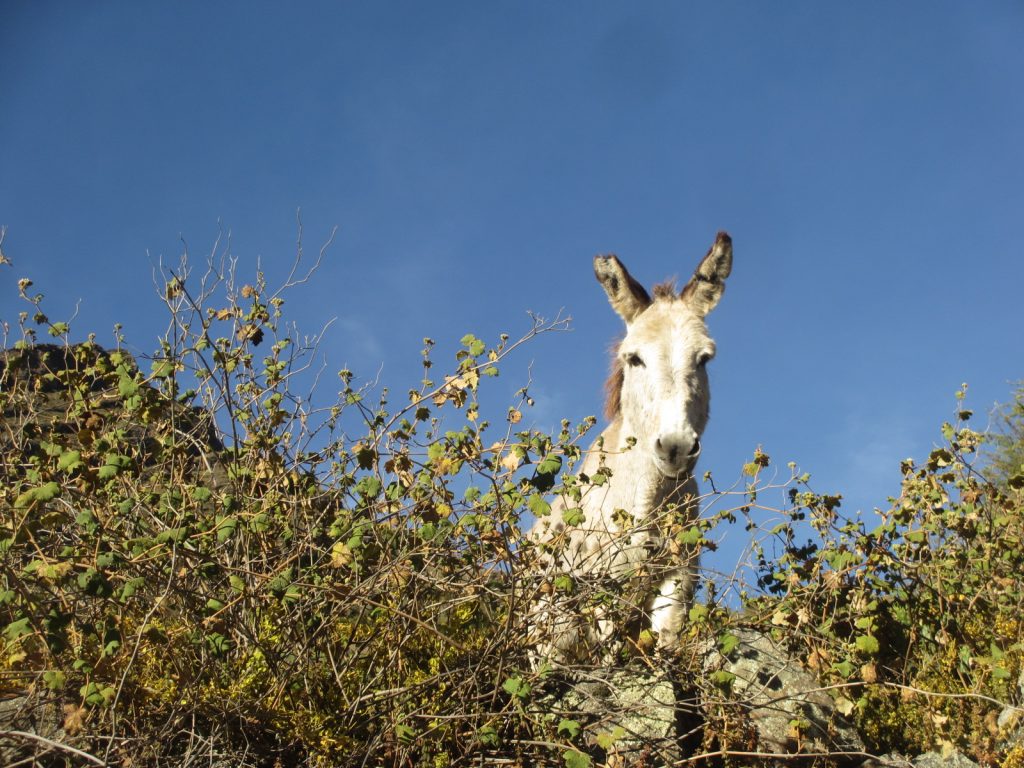
Peru Thirty Years On: 1989-2019 —
By Natascha Scott-Stokes © —
We arrived in Chiquián in the dark and it was still pouring with rain. As soon as the truck stopped, people began climbing over each other in search of their luggage; while outside, men in brown ponchos watched in silence as the rain splattered on to the road and water dripped from their felt hats. I felt uneasy: all the baddies from every cowboy film I had ever seen seemed to be lurking under those hats.
Thus I wrote in 1989, on my first attempt to walk into the Cordillera Huayhuash, beginning in the small mountain town of Chiquián, which was at the end of the road back then.
This time, a scheduled bus left Huaraz at 5am in the morning, and I huddled in my seat as the dawn cold penetrated through an open window in the roof. But it was the height of luxury compared to last time, perched on 30 sacks of rice with a dozen others, with nothing but a plastic sheet to protect us from the driving rain.
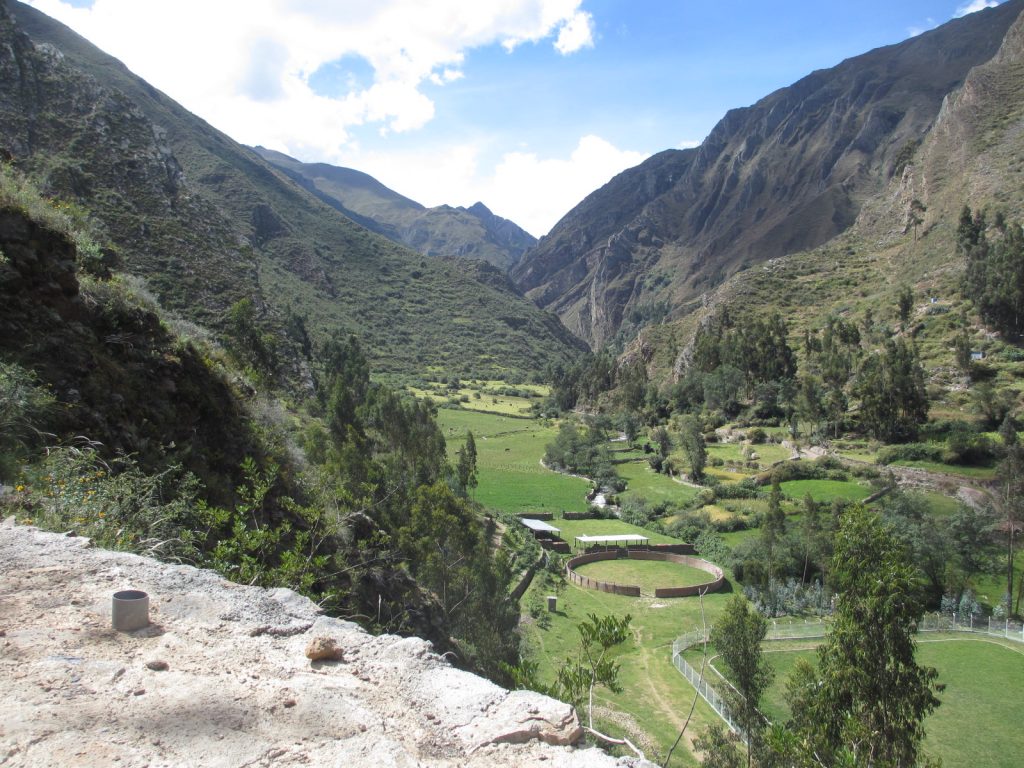
A misty daybreak revealed the changing landscape, as we drove 80km south, past the treeless highlands below Pastoruri and into the fecund suntrap that is the mighty canyon of the Rio Pativilca, where Chiquián perches on a ledge at 3,374m. A very bumpy dirt road continued where once I had had to walk eight hours to the village of Llamac, and I could only marvel. Did I really walk 21 km to Llamac all that time ago? The scenery is as new to me; but the memory of my aching feet and the thirsty agony of trying to keep up with the donkey driver I had hired for the first ten days is as tangible now, as if it were yesterday.
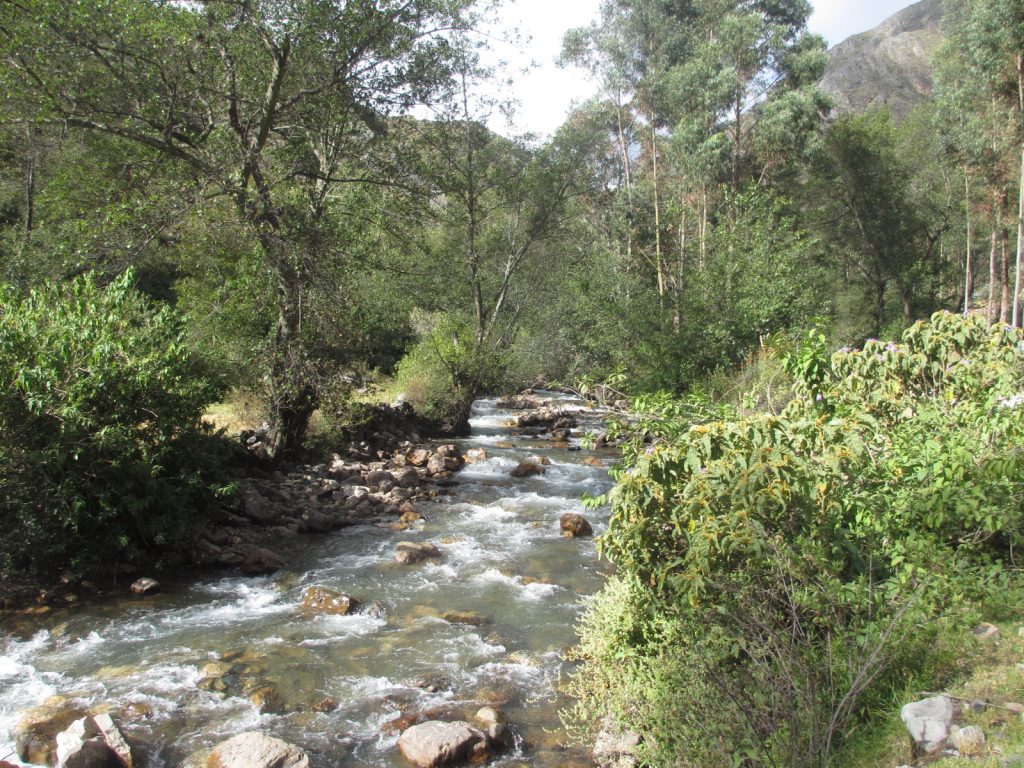
I try hard to identify landmarks from thirty years ago, but the only one I can recognize with any certainty is the river at the bottom of the canyon, which was the setting for my first major mistake back then: I forgot to fill my water bottle and was so desperate for a drink after five hours of arduous walking, I threw caution to the wind and drank from the river. Seven months of amoebic dysentery was the price.
Almost to my delight, the bus breaks down and we passengers laugh at the fact we had only just overtaken a fancy minivan full of trekkers, which was now stuck behind us. But ingenuity and a handy shovel solved everyone’s problem in less than an hour, and I was almost sorry not to have to walk the last few hours, especially when I observed our driver look away from the road for far too long, every time he needed to sink his hand into the broken gear box to complete the miracle of making it work all the same.
I never expected to be returning to the Cordillera Huayhuash during this short 2-week anniversary visit. Even today, it is much more remote than the neighbouring Cordillera Blanca, and I assumed it would be too difficult, despite the new road to Llamac. I had no idea if there was anywhere to stay and no contacts within easy reach either. My discovery that regular tours now trace the ‘Huayhuash Circuit’ changed nothing – I had neither the funds nor the desire to revisit any part of my route in the company of strangers half my age. But the magic that is South America waved its wand, and a chance conversation in Huaraz granted me a spontaneous invitation to stay at the family home of my hostel manager Angel.
Staying in Llamac exorcised an important ghost for me, for it was the setting of some of the most miserable days of my life and to return now – fit and well, and with the benefit of sunshine and a safe haven – felt liberating. How lovely it was to stroll around the village without a care in the world, to enjoy the bubbling river, and stop for flowers and the peaceful sight of villagers going about their business.
‘Pay me 2 Soles!’ was a rude awakening from sentimentality, however, the response to my request to take an old man’s photo.
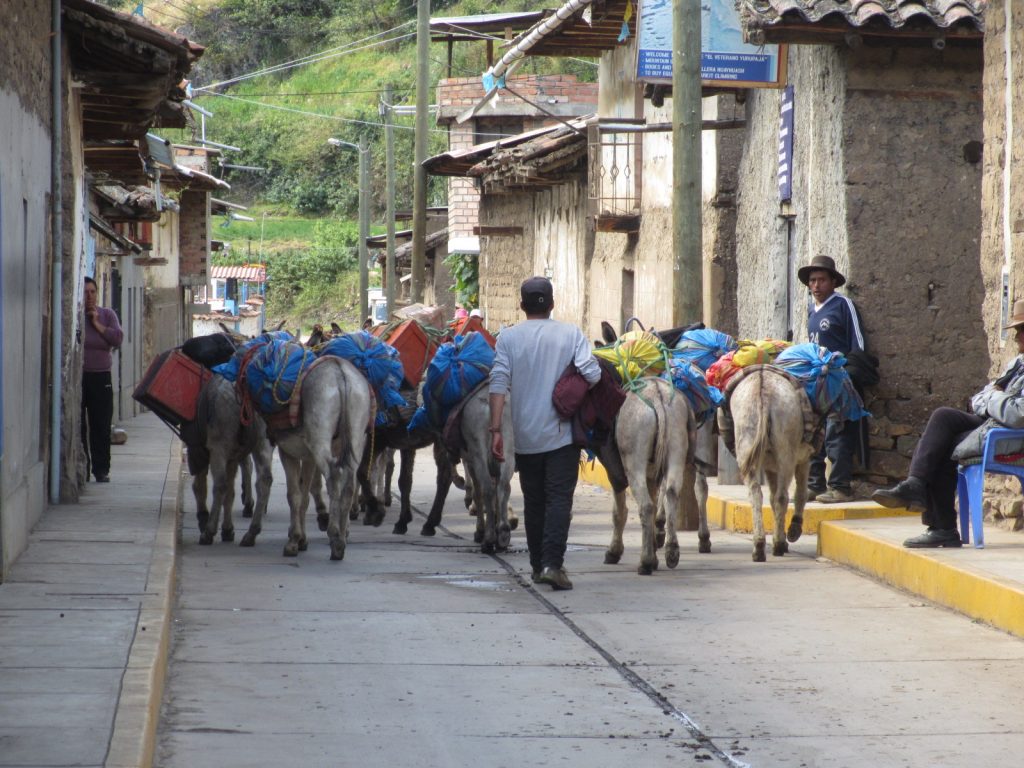
Progress and a link to the outside world have come at a high price in Llamac, and there is much anger and bitterness in the village, if you scratch the surface. It is the same tragedy that has befallen indigenous communities all over the world, where corporate business has discovered mineral wealth to be exploited. In this case, it is the Japanese Mitsui Kinzoku mining company that installed its open-pit zinc mine at Pallca, 13km upriver from Llamac, in 2006.
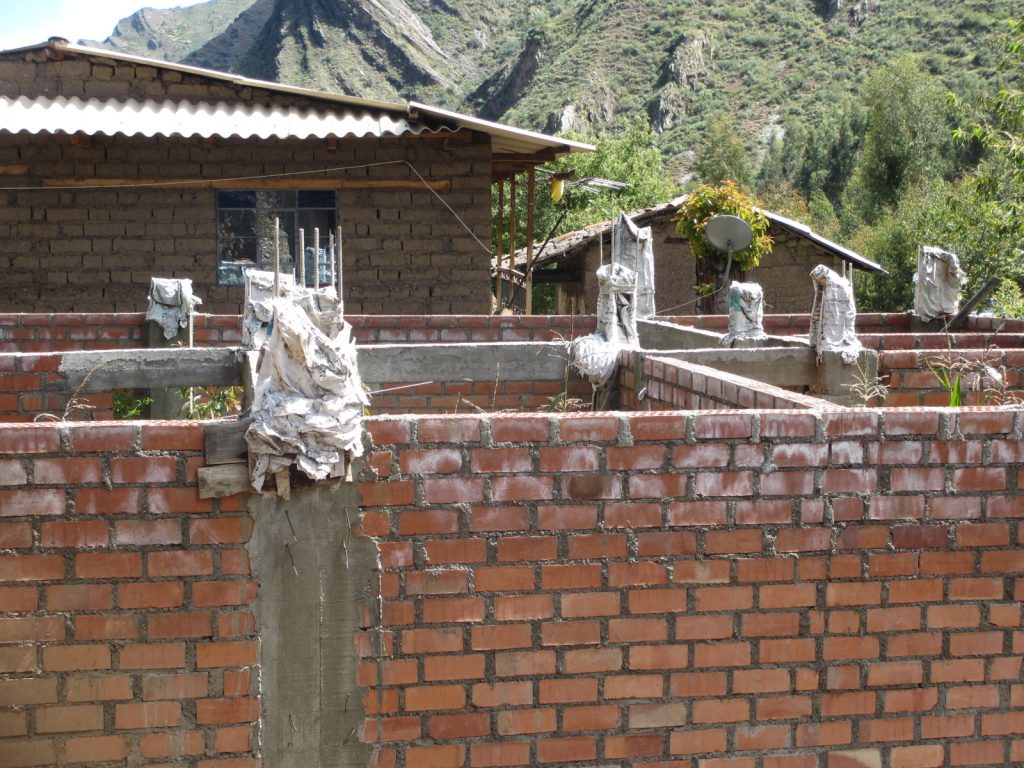
The access road and paved streets, the electricity and piped water, a primary and secondary school, and the health center – all these were donated by the mining company. Combined with the promise of guaranteed work, it seemed like a blessing to the local farmers, who had no idea what the small print meant, nor any inkling how their ancestral lands and way of life was about to be destroyed.
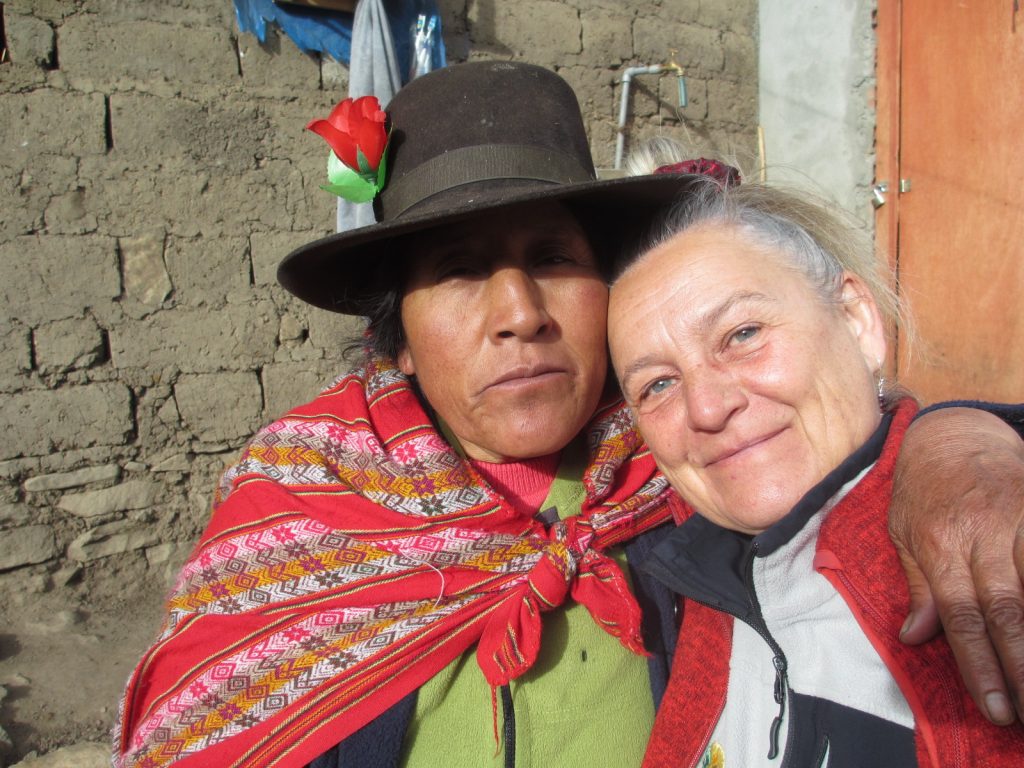
The way Angel tells it, the village elders were entrusted with the negotiations and ‘public consultations’ held with the mine’s representatives, from the late 1990s onwards. But they were as incapable of assessing the technical information they were presented with, as they were amenable to being paid off. Thus one local ‘environmental impact assessor’ was suddenly the owner of a brand new pick-up truck, and other community leaders mysteriously could afford to build themselves large new houses.
Among the many betrayals the villagers of Llamac feel themselves to be victim, is the bitter knowledge their own community representatives sold them out. Literally, because the ordinary villagers were under the impression they were renting their ancestral lands to the mine for a limited period and would keep their grazing and free passage rights. Instead, a huge swathe of the headwaters of the Llamac River was sold behind their backs and, apart from the ‘gifts’ to infrastructure mentioned above, the village coffers never received a cent.
To add insult to injury, mining operations have expanded well beyond the original demarcation, to include open cast mining that now threatens the jewel of the Cordillera Huayhuash: the twin lakes of Jahuacocha and Carhuacocha, and therefore even the villagers’ limited opportunity to cash in on the tourist dollar, during the short summer season. Also, their river is so heavily polluted with residual mining effluents, the trout have died and the pastures no longer support healthy livestock or corn.
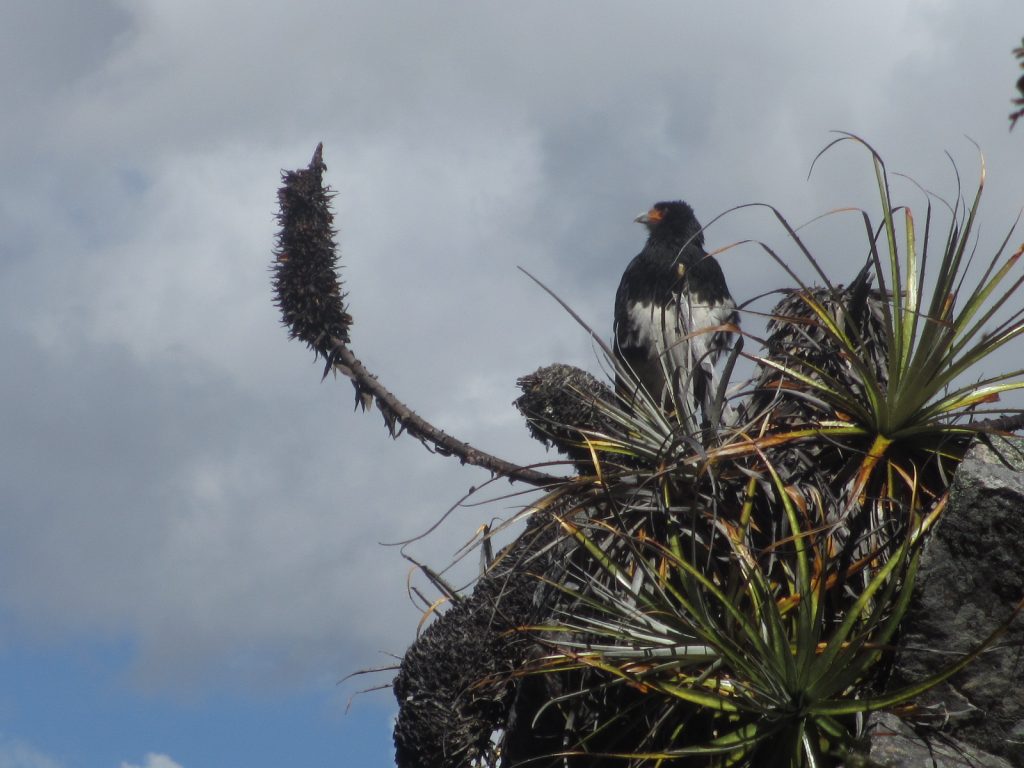
‘The only people you will meet in the village are children or old people,’ Angel had warned me.
Sadly, he was not exaggerating. There is no longer any kind of sustainable economic life possible for the villagers of Llamac. For what the mine failed to mention regarding the guaranteed work was that it would be on a strict 15-day rota – a quincenal, as the locals call it – and that wages would be set so low, it is impossible to feed a family.
It was a sleight of hand typical of interactions between the villagers and the mine, who persuaded them it was a great idea, because they would have 15 days each month to work their land. Except the land is now useless and a mine worker has to wait an average of three quincenals, before he is allowed to have his next turn. When the young men of Llamac protested, state forces were brought in to beat them back with rubber bullets and tear gas.
I struggle to fathom the reality of the poison river. All around me I see beautiful pastures and content animals, but I can’t help noticing the leaky system of black irrigation pipes coming off the mountain, rather than from the river itself, and tinned tuna is much more prevalent than native trout. Many homes in the village stand locked and silent, and plenty of adobe houses are disintegrating. Even sadder is to hear the locals refer to the smattering of new houses built of brick and concrete as made of material noble. Their expensive corrugated roofing considered vastly superior to traditional red tiles or thatch.
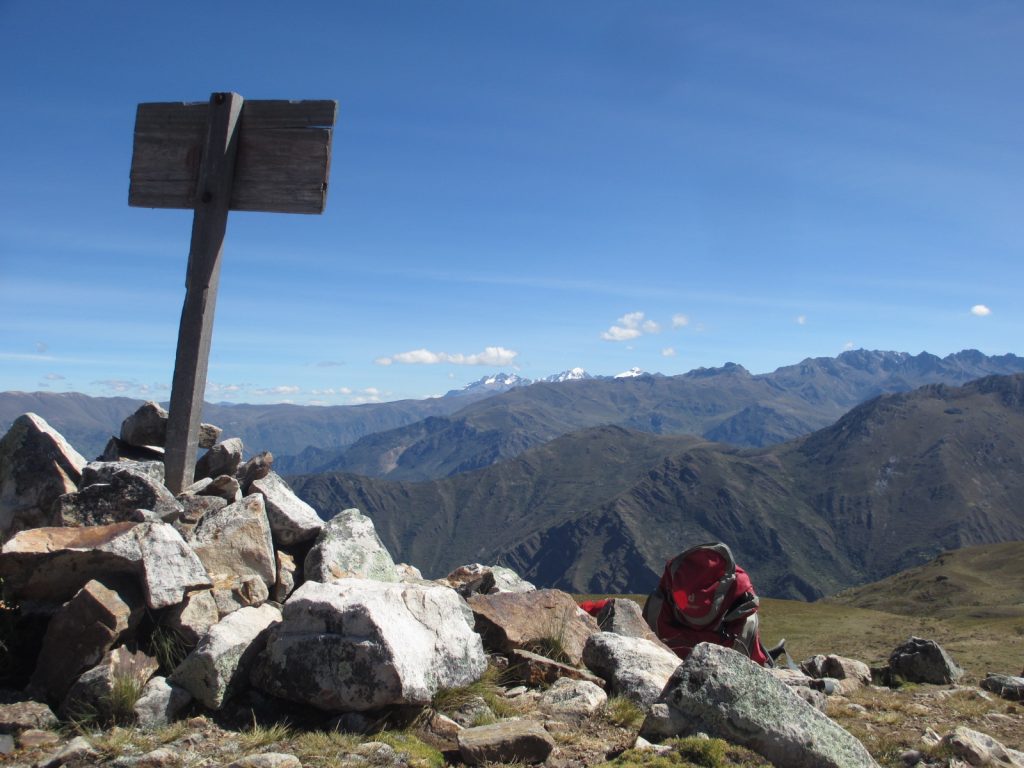
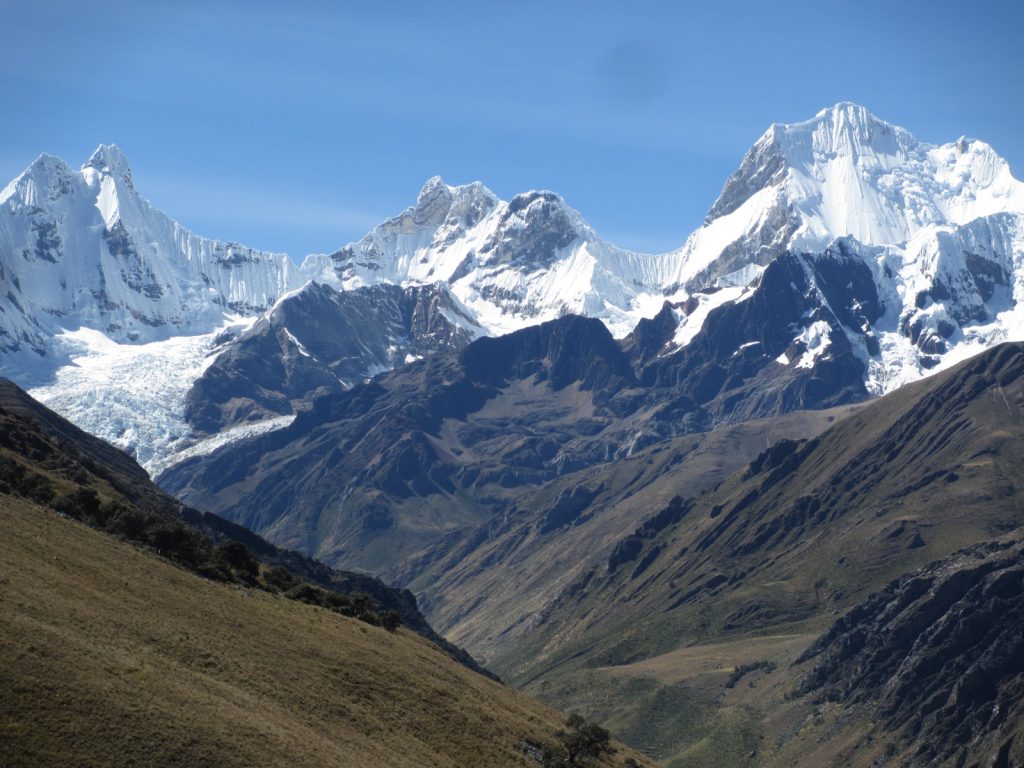
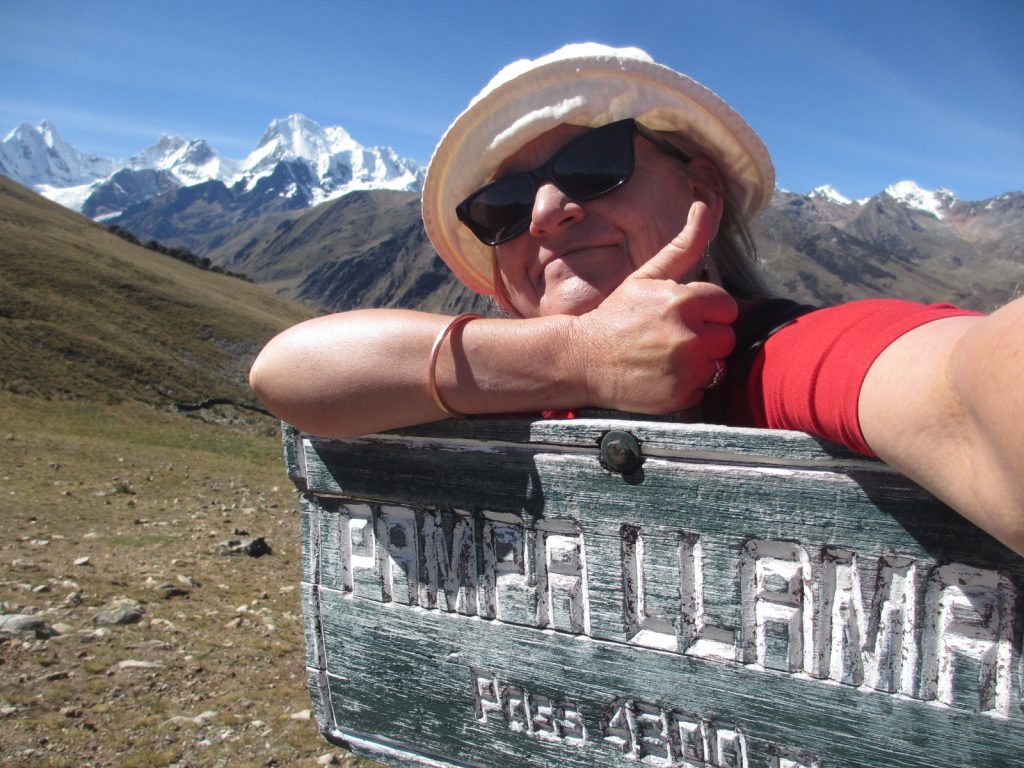
Nevertheless, Llamac treated me to one of the happiest days of my life this time. Rising at dawn, I took my tuna fish sandwich and filled water bottles up the steep and dusty trail towards the Pampa Llamac pass at 4,300m, and was rewarded with the magnificent sight of four summits over 6000m high – the mightiest of all Yerupajá (6,634m). Nothing could spoil my sense of achievement or my joy to see this gorgeous landscape once more. Doomed it may well be – but not today!
* * *
On my last day in Huaraz, there was only one thing to do. I wanted to go to the village of Olleros, 40 minutes’ drive outside the city, to honour the life of Edwin Bartley, who was murdered by the Sendero Luminoso (Shining Path) during the very same period I was walking in the Andes, alone with my donkey.
That day, thirty years ago, he had the misfortune to arrive too late for transport back to Huaraz, after his hike from Chavin, and so asked the local community leader for shelter in the municipal hall. It was the correct procedure, but a unit of Sendero attacked at midnight, and Edwin’s safe haven was no more.
‘Is there anyone in there?’ they asked the guard.
At first, he refused to unlock the door, but when the guerrillas threatened to break it down and shoot him, he quickly admitted there was a gringo sleeping inside and unlocked the door, before running for his life.
‘He would have lived if the guard had kept his mouth shut,’ my local informant told me.
Edwin was dragged outside and tied to a park bench opposite the municipal building, and then shot in the chest.
‘They didn’t even know how to kill properly,’ he said, remembering the events of that night for me.
‘When we shoot our animals, we only need one shot.’
But the first bullet, according to this eye-witness, entered Edwin’s chest and went diagonally through his body, exiting by his kidneys.
‘His blood ran down the street there,’ he said, pointing to the incline below the bench.
‘And did he not try to say something to save himself?’ I asked.
‘Oh yes, he screamed pitifully.
‘I saw the whole thing from the window up there,’ he continued, pointing to a building on the corner of the plaza.
‘I didn’t see,’ said the lady sitting on the very bench, now bathed in a peaceful mid-day sun.
‘But I heard the shots.’
It took two more shots to kill the gringo. In the morning, the police from Huaraz came to take him away.
‘Has his family ever come here?’ I asked, but the villagers didn’t think so.
So I was all the more pleased to be able to leave a white rose on the bench where Edwin Bartley died – to honour his life and in thanks for mine. I could so easily have shared the same fate. But I was lucky, and the sheer arbitrariness of it increases my gratitude a hundred-fold.
I leave the friendly villagers of Olleros behind, travelling in the very same type of van Edwin would have needed to escape his fate. As if to remind me that everyone can get unlucky at any moment – not just gringos – we pass a large funeral procession for a local man killed in a bar brawl.
Edwin Bartley was 24 and I was 27 back then, in 1989. Today, I have an extra thirty years of life behind me and am the mother of two sons aged 20 and 23 – my most precious gift.
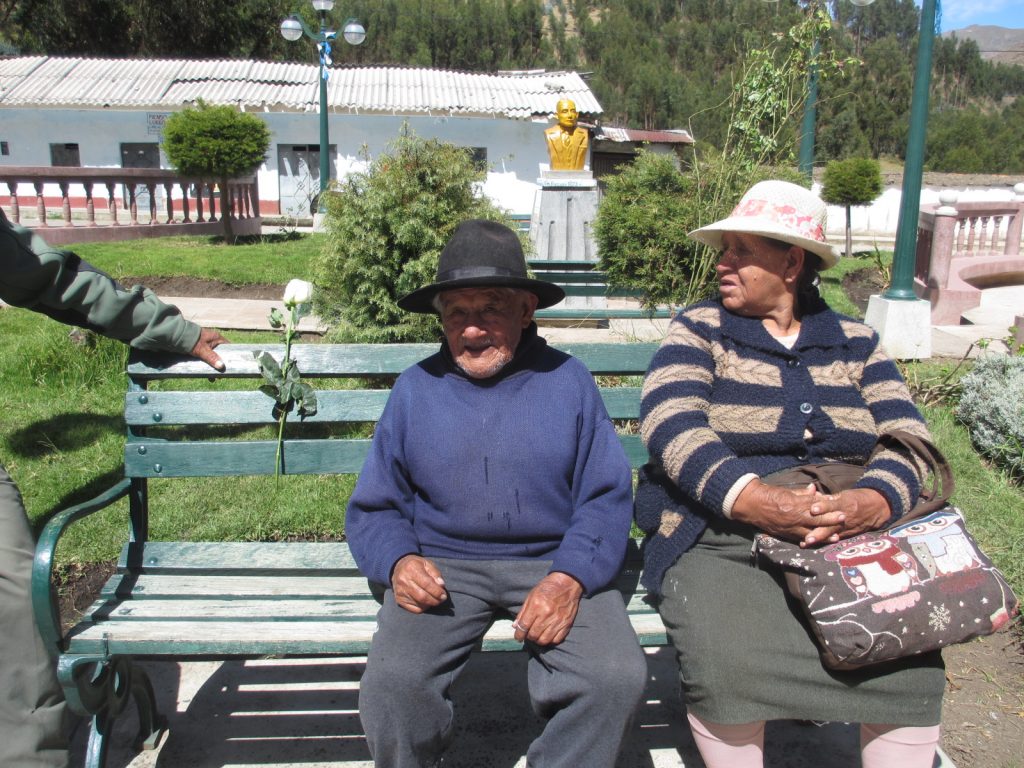
- Part One — Thirty Years On — was published Sept. 12, 2019
- Part Two — The Callejón de Huaylas — was published Sept 24.2019
 The author of travel and biography books, Natascha Scott-Stokes (www.quintaescondida.com) established herself as a pioneering traveller in 1989, when she became the first woman to travel the length of the Amazon River alone, from its headwaters in the Peruvian Andes to the Atlantic off Brazil. She has been based in Chile since 2006, homeland of the artist Violeta Parra, who composed the song ‘Gracias a la Vida’, made famous by Joan Baez and Mercedes Sosa.
The author of travel and biography books, Natascha Scott-Stokes (www.quintaescondida.com) established herself as a pioneering traveller in 1989, when she became the first woman to travel the length of the Amazon River alone, from its headwaters in the Peruvian Andes to the Atlantic off Brazil. She has been based in Chile since 2006, homeland of the artist Violeta Parra, who composed the song ‘Gracias a la Vida’, made famous by Joan Baez and Mercedes Sosa.






Thank you for this beautifully written piece, Natascha. I really enjoyed reading the story of your trek to the Amazon years ago, and this account of your return to Huayhuash. I was a Peace Corps volunteer in Cusco in 1964-65, and returned for the first time in 2014, 50 years to the month later. Discovering how much Peru had been in my bones all these many years, I returned again in 2015. What a gift to live long enough to return to geographies of the distant past, especially places of such beauty and indelible memories!
Thank you so much for your kind words.